Grocery shopping is a significant part of your monthly expenses, and with prices seemingly always on the rise, finding ways to cut down on that bill can feel like a constant struggle.
Thankfully, you can employ plenty of clever hacks to reduce your grocery expenses without compromising on quality or quantity. Here are 25 practical tips to help you save money on your next grocery run.
1. Plan Your Meals
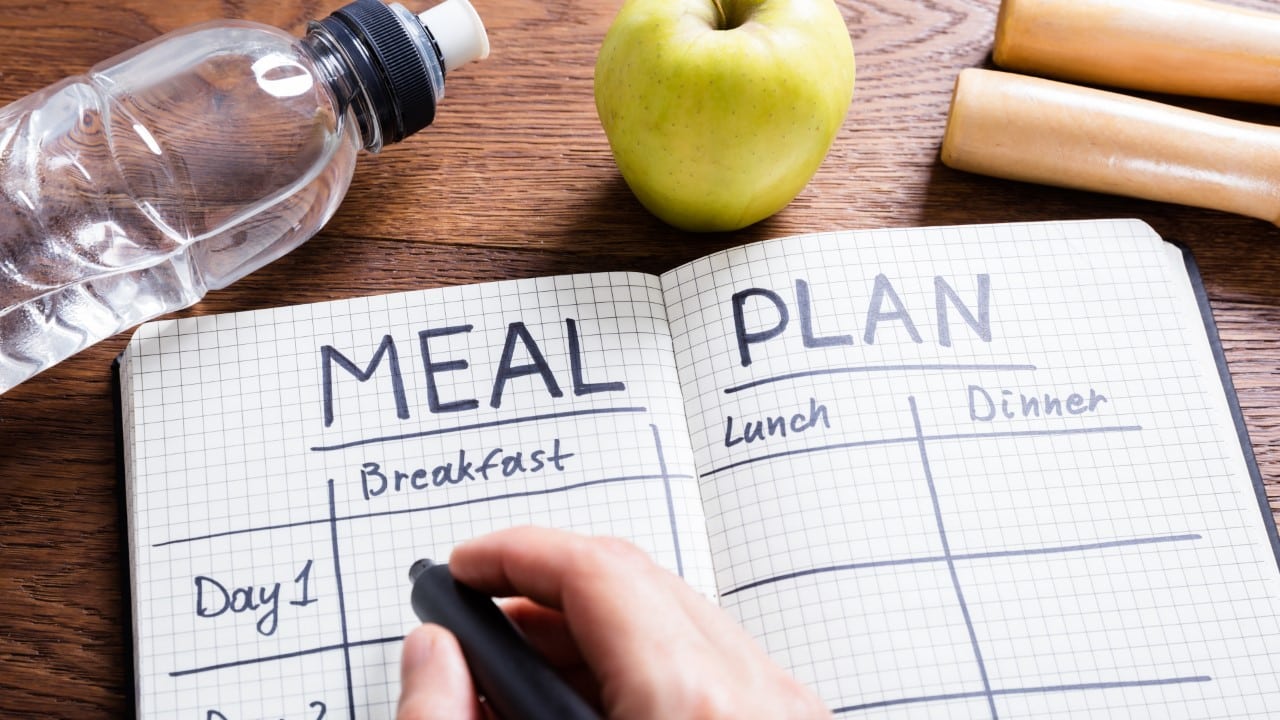
Meal planning is one of the best options for reducing grocery bills. By planning your meals for the week, you can buy only what you need, minimizing waste and impulse buys. Create a weekly menu and make a shopping list based on it. This way, you’ll avoid buying items you don’t need and ensure you use what you buy. Additionally, meal planning helps maintain a balanced diet, as you can plan for various nutritious meals throughout the week.
2. Stick to a List

Once you have a meal plan, make a shopping list and stick to it. This helps prevent impulse purchases, which often increase your total bill. A list keeps you focused and efficient, saving both time and money. Sticking to a list also helps you resist the temptation of promotional items you don’t need, keeping your grocery shopping aligned with your budget.
3. Shop with a Full Stomach

Never shop when you’re hungry. Shopping on an empty stomach can lead to unnecessary and often unhealthy impulse buys. Before heading to the grocery store, eat a meal or snack to avoid this pitfall. This simple step can significantly reduce the likelihood of purchasing appealing items that aren’t on your list or necessary for your meal plan.
4. Buy Store Brands
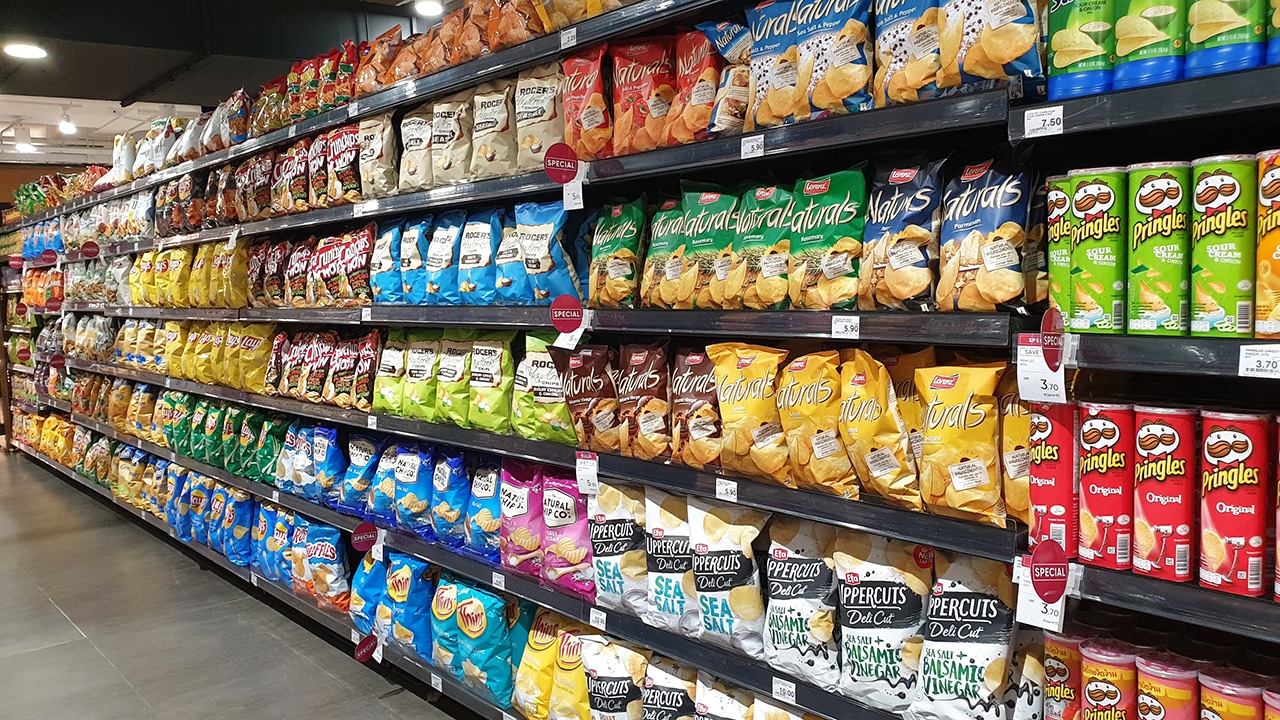
Opt for store brands instead of name brands. Store brands are often significantly cheaper, and the quality is usually comparable to their branded counterparts. This simple switch can lead to substantial savings over time. Many store brands are manufactured by the same companies that produce the name brands, so you get a very similar product at a lower price.
5. Use Coupons Wisely
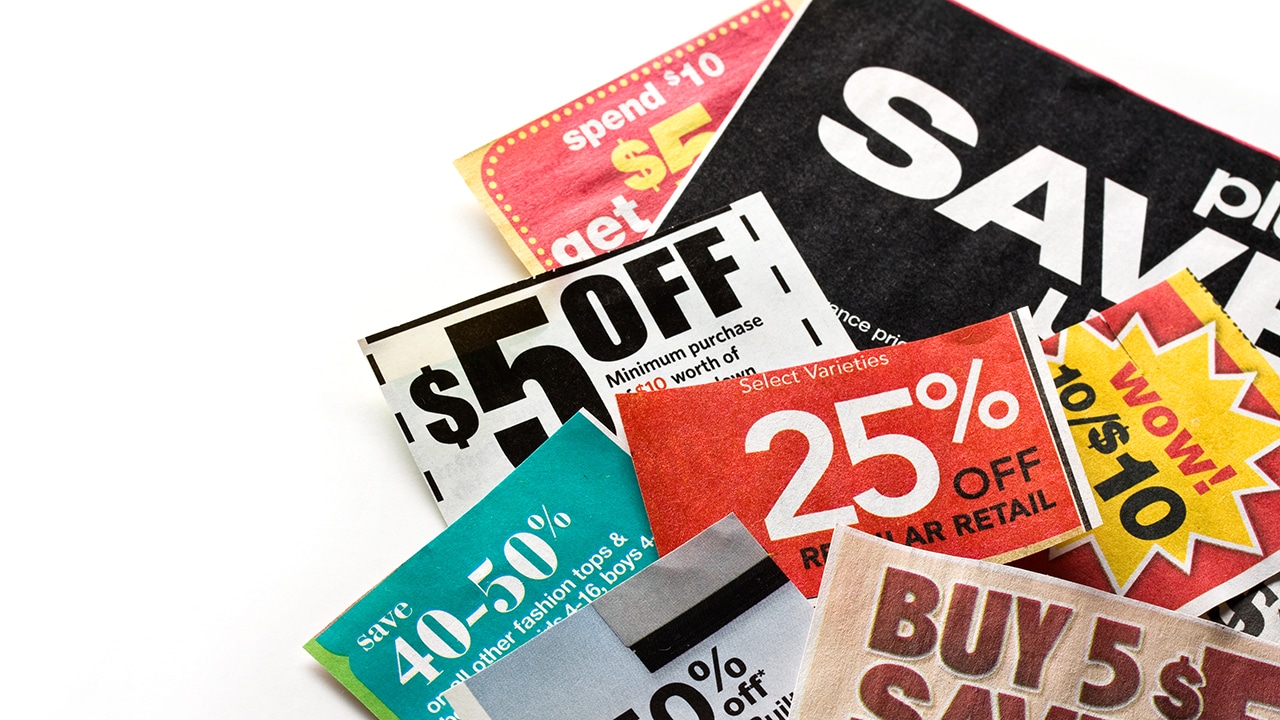
Coupons can be a great way to save money, but only if used wisely. Use coupons for items you actually need and would typically buy. Beware of coupons that tempt you to buy unnecessary, expensive items. Also, organize your coupons before shopping and be aware of their expiration dates to make the most of them.
6. Buy in Bulk
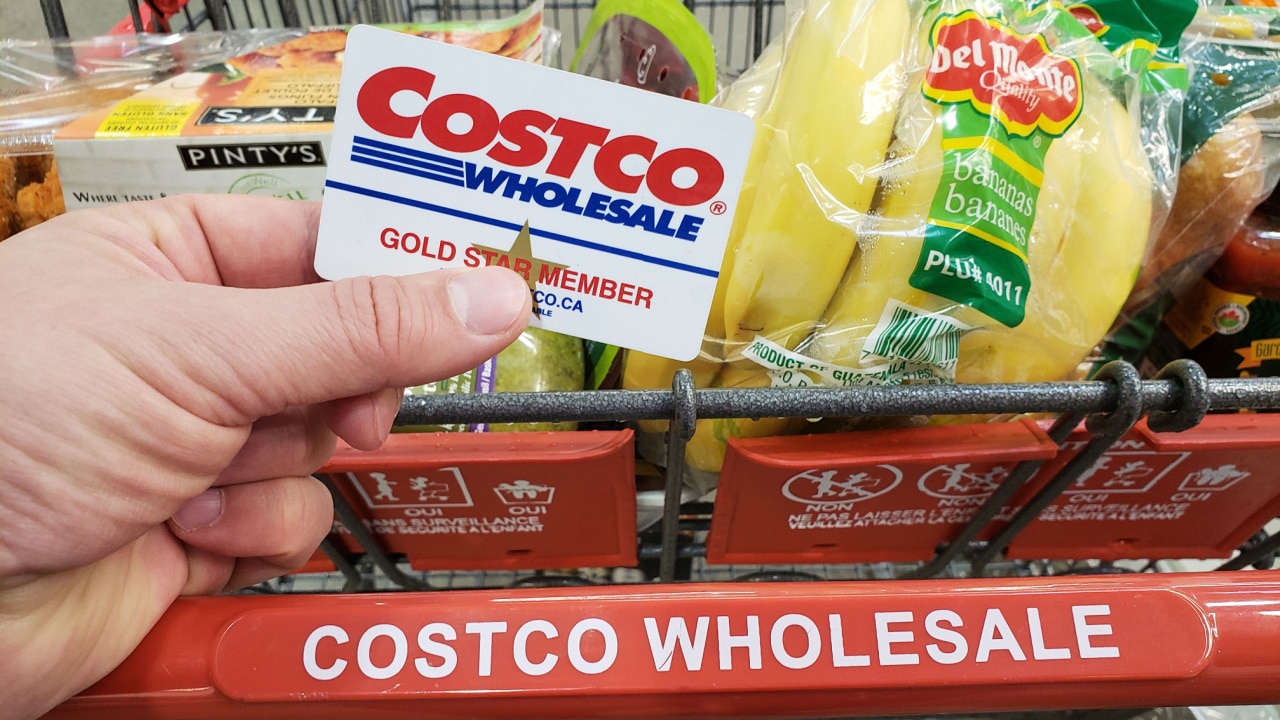
Buying in bulk can save money, especially for non-perishable items or products you use frequently. However, be cautious – only buy quantities you can realistically use before expiration. Bulk buying is particularly effective for items like toilet paper, cleaning supplies, and dry goods that have a long shelf life.
7. Avoid Pre-Cut Fruits and Vegetables
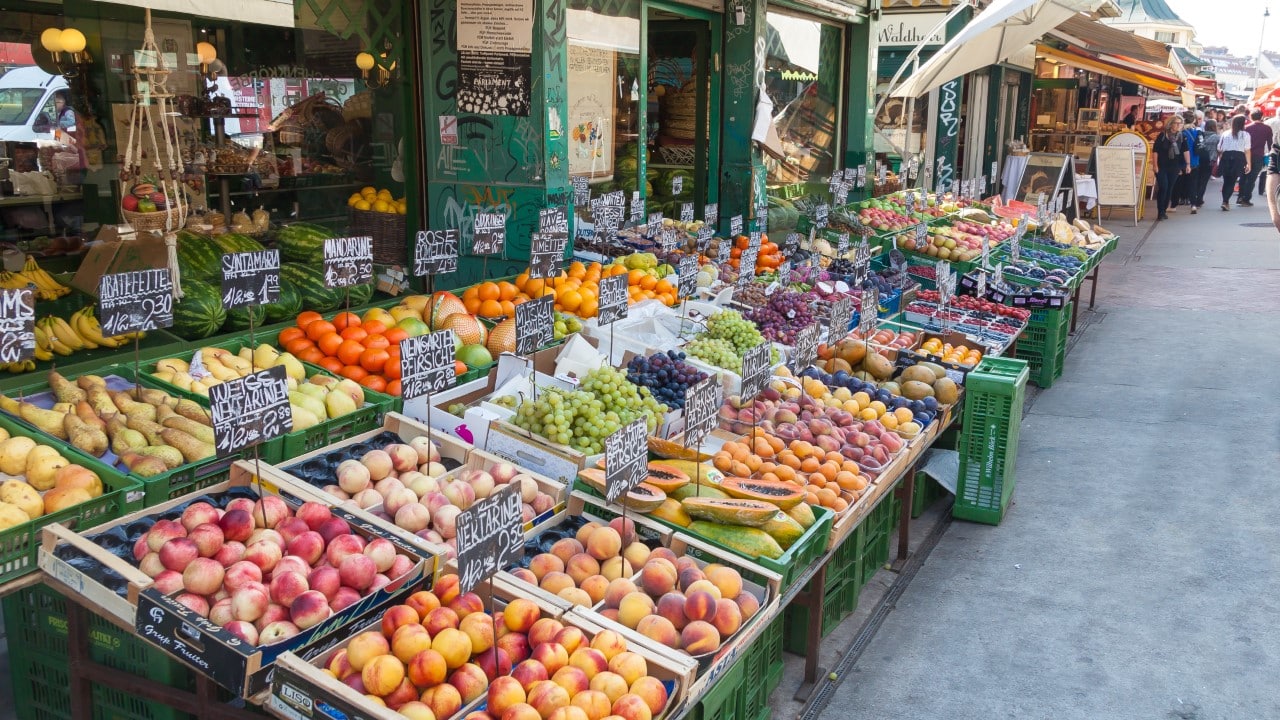
Pre-cut fruits and vegetables are convenient but come with a higher price tag. Buy whole produce and take a few extra minutes to prepare them at home to save money.
8. Shop Seasonally

Purchase fruits and vegetables that are in season. They’re usually cheaper and at peak flavor. Seasonal shopping also introduces variety into your diet throughout the year. Buying seasonal produce also supports local farmers and reduces the environmental impact associated with long-distance transportation.
9. Compare Unit Prices

Look at the unit price, not just the total price, so you can easily compare different brands and sizes to find the best deal. The unit price gives you the cost per ounce, pound, or liter, making it easier to compare apples to apples. Remember, buying in bulk isn’t always a better deal.
10. Join Store Loyalty Programs

Many grocery stores offer loyalty programs that provide discounts, coupons, and special offers. Sign up for these programs to take advantage of these deals. These programs often track your purchases and offer personalized deals on items you buy regularly, leading to more savings.
11. Use Cashback and Rebate Apps

There are several apps available that offer cashback or rebates on grocery purchases. Utilize these apps to earn back a portion of your spending. These apps can be a simple way to save money on your regular shopping without changing your buying habits.
12. Avoid Convenience Foods

Convenience foods like pre-made meals, pre-seasoned meats, and instant mixes are more expensive. Buying basic ingredients and preparing meals from scratch is generally cheaper. Cooking from scratch also allows you to control the ingredients, making your meals healthier and more suited to your dietary preferences.
13. Shop the Perimeter

Most grocery stores place fresh produce, meats, and dairy around the perimeter. These items are often healthier and less expensive than the processed foods in the center aisles. Focus your shopping on the perimeter to avoid the temptation of unhealthy snacks and processed foods.
14. Buy Frozen Vegetables and Fruits
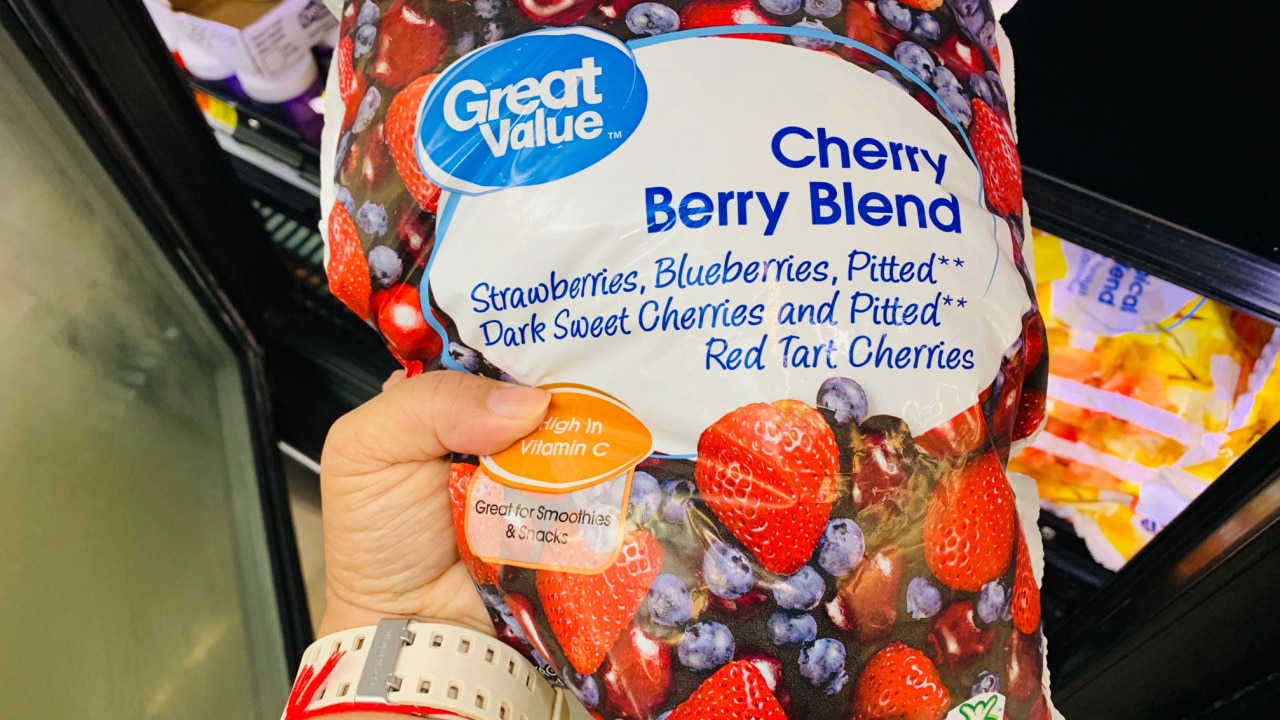
Frozen fruits and vegetables can be cheaper than fresh, especially when out of season. They are picked at peak ripeness and frozen immediately, preserving their nutrients. Frozen produce is a great option for smoothies and stir-fries and as a backup when you run out of fresh produce.
15. Reduce Meat Consumption

Meat is often one of the most expensive items in your grocery cart. Reducing meat consumption and choosing plant-based proteins like beans and lentils can lower your grocery bill. Incorporating meatless meals into your diet can also offer health benefits and reduce your environmental footprint.
16. Grow Your Own Herbs

Growing your own herbs saves money. Herbs like basil, cilantro, and parsley are easy to grow and require little space. Plus, you’ll always have fresh herbs on hand.
17. Check the Top and Bottom Shelves

Stores often place the most expensive items at eye level. Check the top and bottom shelves for more affordable options. Brands placed on these shelves are often less expensive but of similar quality, offering you a better deal.
18. Avoid Single-Serve Packages
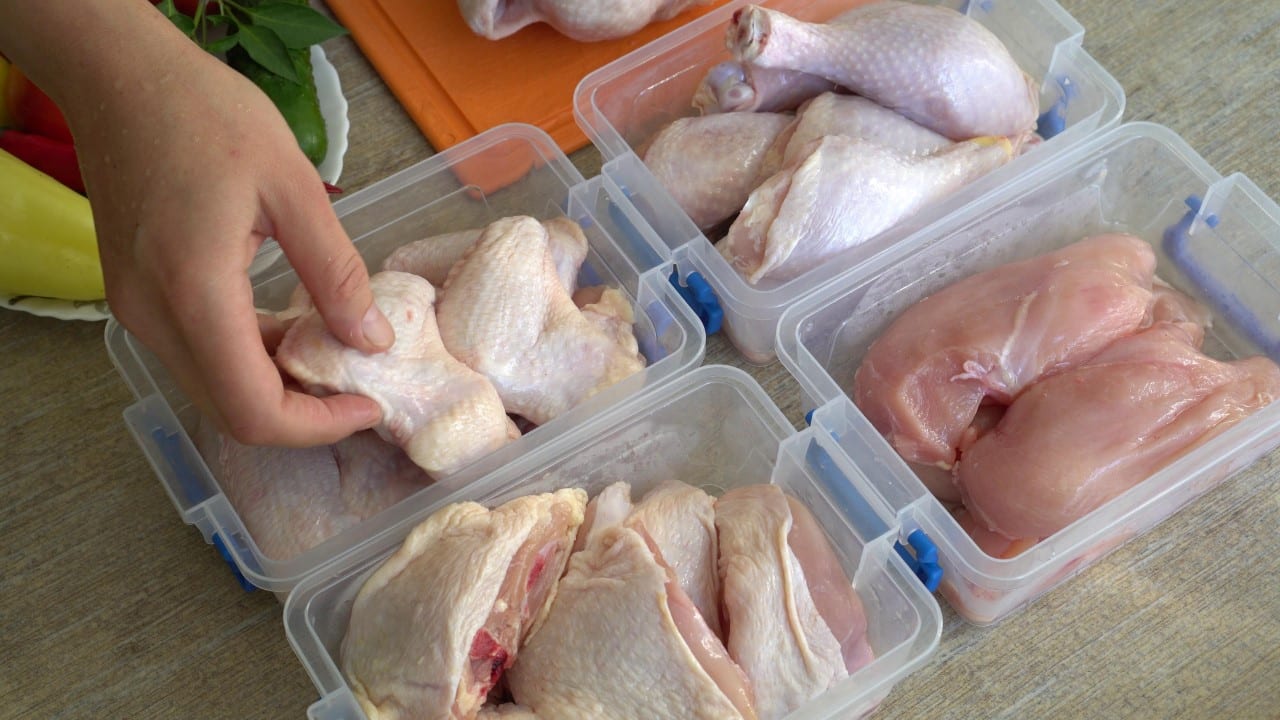
Single-serve packages are convenient but more expensive per serving. Buy larger sizes and portion them out as needed. It’s an economical and environmental choice, as buying in larger packs reduces waste.
19. Shop at Discount Stores

Don’t overlook discount grocery stores. They often offer the same products as regular supermarkets but at lower prices. These stores might be out of the way or less organized, but the savings can be significant.
20. Limit Organic Purchases

While organic products are great, they can be expensive. If you’re on a budget, limit organic purchases or buy organic only for items that you know have higher pesticide levels, like strawberries and peppers.
21. Make Your Own Snacks

Instead of buying pre-packaged snacks, make your own. Homemade snacks like popcorn, trail mix, or granola bars are cheaper and often healthier. Plus, you can customize them to your taste and avoid the preservatives and additives found in store-bought snacks.
22. Buy Day-Old Bakery Items

Many stores discount bakery items like bread, rolls, and pastries at the end of the day. They’re still good to eat, you can often freeze them for later use, and make solid savings.
23. Use Leftovers Creatively

Get creative with leftovers to prevent food waste. Leftovers can be turned into soups, casseroles, or stir-fries, making for an economical and delicious next meal. This approach not only saves money but also adds variety to your meals and reduces the monotony of eating the same dish.
24. Shop Less Frequently

Reducing the number of trips you make to the grocery store can help save money. The less you shop, the less you’re tempted to make impulse purchases. Planning your shopping trips and buying in bulk can reduce the frequency of your visits and help maintain your budget.
25. Check Your Receipt

Always check your receipt for errors. Sometimes items are scanned twice or sale items aren’t discounted properly. Catching these errors can save you money.
